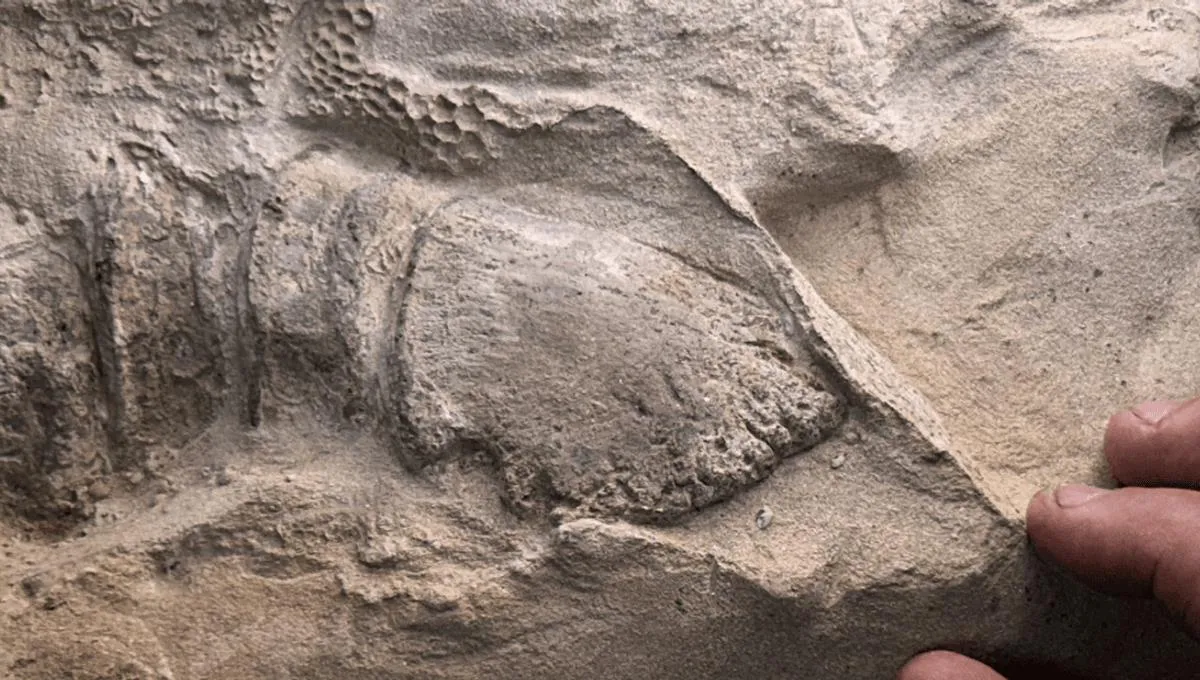
In a groundbreaking study, researchers have unveiled a fascinating preservation method known as clay templating. This unique process encased dinosaurs shortly after their burial, creating a delicate mask of clay that measures no thicker than 1/100th of an inch, equivalent to about 0.3 millimeters. According to senior author Paul Sereno, PhD, who is a Professor of Organismal Biology and Anatomy at the University of Chicago, "This is a mask, a template, a clay layer so thin you could blow it away." Sereno describes this phenomenon as a rare fluke event of preservation that has significant implications for understanding dinosaur morphology.
To uncover the details of this remarkable preservation event, a dedicated team of scientists employed several advanced techniques, including hospital and micro-CT scans, thin sectioning, X-ray spectroscopy, clay analyses, and a thorough examination of the discovery site. Their research revealed that after the dinosaurs perished, their carcasses briefly baked under the sun before being submerged by a flash flood. This sequence of events led to the formation of a thin biofilm that covered their fleshy surfaces, which then electrostatically attracted clay particles from the wet sediment, resulting in a wafer-thin layer that preserved the dinosaurs in three dimensions.
This meticulous preservation has led to the discovery of two unprecedented Edmontosaurus specimens, providing a wealth of new information about these dinosaurs. By combining the two mummies, scientists have successfully reconstructed a complete, fleshy profile of Edmontosaurus annectens for the very first time. This pivotal breakthrough enhances our understanding of the appearance of these duck-billed dinosaurs and sheds light on their anatomical features.
Among the most astonishing findings was the discovery of hooves on the hind feet of the larger of the two mummies. For the first time, researchers documented dinosaurs with hooves, suggesting that these Edmontosaurus had three hind toes, each capped with a hoof similar to those of modern horses. Sereno remarked, “There are so many amazing ‘firsts’ preserved in these duck-billed mummies,” highlighting the significance of these discoveries, which include the earliest hooves documented in a land vertebrate and the first confirmed hooved reptile.
This significant finding marks a major milestone for paleontology and excites enthusiasts of prehistoric life. It opens new avenues for understanding the evolutionary adaptations of dinosaurs and their ecological roles. Sereno expressed the uniqueness of this discovery, stating, “We’ve never been able to look at the appearance of a large prehistoric reptile like this – and just in time for Halloween.” The ability to visualize a complete, fleshed-out view of a large dinosaur provides a confident perspective on their morphology and behavior.
The discovery site, located in the Badlands of Wyoming, is renowned as a unique “mummy zone,” rich with potential for further fossil findings. Sereno hints at the exciting prospects that lie ahead, emphasizing that more surprises are in store from fossils collected over years by teams of university undergraduates. As the field of paleontology continues to evolve, the revelations from these extraordinary Edmontosaurus mummies promise to deepen our understanding of dinosaur biology and the prehistoric world.